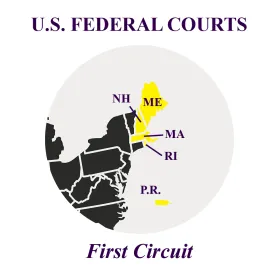To obtain insurance coverage, you have to be an insured under the insurance policy. Pretty fundamental. Successor and affiliate rights to coverage under the existing insurance policy is a big issue. Determining who is an insured is fundamental to coverage. In a recent case, the First Circuit had to decide whether a new church, which was formed out of members of an existing church, was covered under the directors and officers liability policy issued to the existing church, when the new church was sued by the original church.
In Newton Covenant Church v. Great American Insurance Co., No. 19-1826 (1st Cir. Apr. 10, 2020), Associate Justice David H. Souter authored an opinion affirming the district court’s order granting the insurer’s motion to dismiss the complaint in a breach of contract action. A majority of a church’s members voted to disaffiliate from the Presbyterian Church and create their own church affiliated with another religious organization. The original church sued the new church and its officers for trespass and conversion concerning church property and for a declaratory judgment that the original church owned certain property.
The new church asked the insurance company that issued the original church its D&O policy for coverage in the lawsuit. The insurer denied coverage and, after the underlying litigation was resolved, the new church sued the insurer for breach of contract in failing to defend them in the underlying action. The district court, on the insurer’s motion, dismissed the complaint.
In affirming, the First Circuit held that the allegations in the underlying complaint were not reasonably susceptible of an interpretation that would state a claim covered under the policy. The policy defined “Insured” to include “Organization” and “Insured Persons.” “Organization” was defined as “the entity named” in the declarations. The “entity named” was the original church, not the new church.
The court held that to the extent the new church argued that it was a separate entity, it was not an insured under the policy and to the extent it argued that it was part of the original church, its suit was barred by the exclusion that precludes coverage for suits between insureds. The same analysis applied to the individual defendants. Accordingly, the order dismissing the complaint was affirmed.




 />i
/>i
